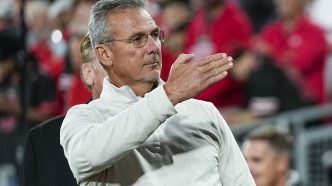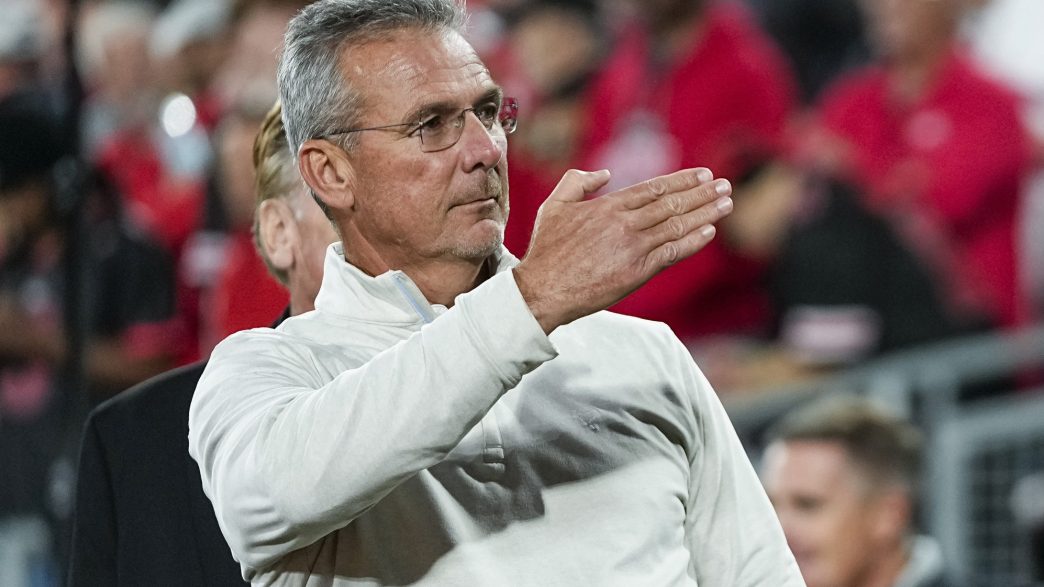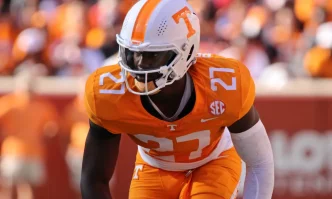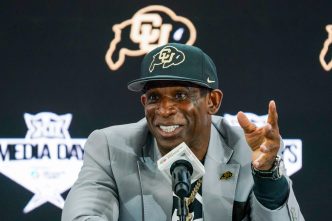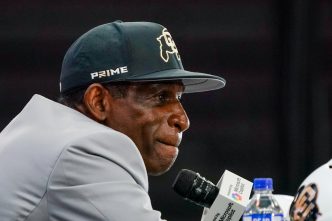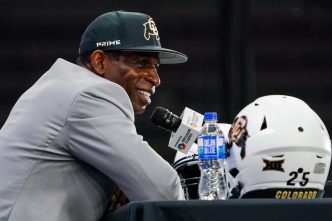Urban Meyer may have stepped away from coaching back in 2021, and his last stint leading a college program wrapped up in 2018 at Ohio State, but his name continues to pop up whenever a significant job opens in college football. The sport has evolved dramatically, especially with the influx of roster management intricacies, Name, Image, and Likeness (NIL) strategies, and recruiting dynamics. Amidst this evolution, many college programs are now opting to recruit general managers, often seeking candidates with NFL experience to navigate this complex landscape.
Recently, Meyer revealed that one program approached him about stepping into a general manager role. Initially intrigued, he quickly found himself reconsidering when he learned what the position actually entailed. During an appearance on The Triple Option podcast alongside Oklahoma football general manager Jim Nagy, he shared the details.
“I had a school come see me this year and ask if I wanted to be the GM, and a couple other phone calls,” Meyer recounted. “I thought, ‘OK, they actually came to see me,’ so I said, ‘Yeah, I’ll meet and I’ll sit down with you guys.’ But when I asked about the job description, they told me I’d be meeting with agents for all these 17- and 18-year-olds. At that point, I thought, ‘I’d rather step on a rusty nail and pull it out myself.’ That just sounded overwhelming.”
While he didn’t disclose which program reached out, it’s clear that the role of a general manager in college football is no cakewalk. Though it may lack the immediate pressure of coaching and the nitty-gritty of game strategy, the demands are substantial. A GM’s responsibilities encompass a vast array of tasks, including managing scholarship counts, navigating the ever-shifting transfer portal, scouting talent, and negotiating NIL deals. This rigorous schedule still calls for a complete commitment from anyone willing to take on the reins.
Enter Jim Nagy, a veteran NFL scout and the executive director of the Senior Bowl, who took on the challenge in February at Oklahoma’s front office. Nagy’s mission is to bridge the divide between NFL evaluation methods and the particular challenges that come with college football.
“There’s no simple way to sum it all up because the job consists of many moving parts,” Nagy said when asked about his role. “What I’m primarily focused on is supporting the coaching staff in building the roster and optimizing the entire process. A lot of schools say they want to adopt an NFL model. My background is steeped in that world, even though I’ve never worked in college football. Still, I believe we’ve implemented processes that can greatly enhance our player evaluations and valuations, areas where we historically haven’t put as much focus.”
For Meyer, this candid glimpse into the complexities of the position only reinforces his decision to remain retired. The grueling reality of such a role may deter many, reminding us that while coaching can come with its own pressures, the evolution of football roles in the college landscape is demanding in an entirely different way.

